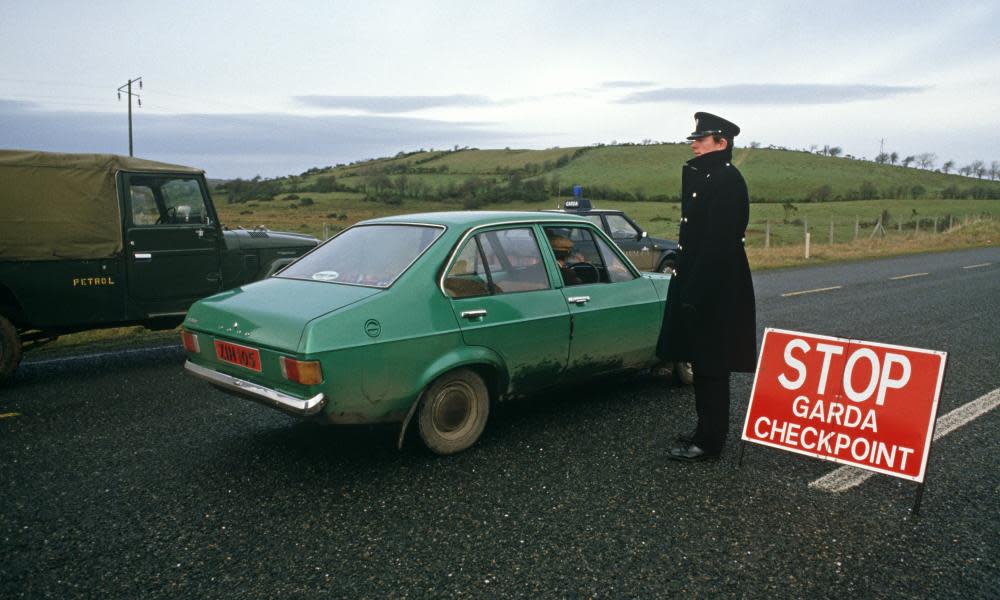Brexit and Ireland: how could the UK avoid a return to border posts?

What is so bad about border controls?
The UK and EU are seeking to avoid a return to the situation in 1972 when there were 17 customs and excise boundary posts on the border between Northern Ireland and the Irish Republic, and a ban on vehicle traffic across more than 200 other crossings. During the Troubles the border posts were subjected to regular attacks and were often fortified with watchtowers. Even without terrorism, forcing all travellers to pass through similar controls could result in long traffic jams and jeopardise the peace process by devastating cross-border economic integration and community ties. Tighter farming regulations introduced since both countries became EU members mean food and live animal exports could also be subject to lengthy health and veterinary inspections.
But how could there be no border posts after Brexit?
The plan is for a continuation of the common travel area that predated EU membership and the ability of citizens of both countries to enjoy residence and working rights in the UK and Ireland. For larger businesses, the UK government hopes that the broader customs plan it announced on Tuesday will allow import notification and tariffs to be processed remotely. Smaller traders across the border would be exempted from all customs obligations on the basis that they are engaged in local rather than international commerce.
What is all this stuff about phytosanitary checks?
If the substantial trade in meat and dairy products is to be maintained, the UK argues that it will be impossible for the EU to apply the typically rigorous checks it requires for imports from third-party countries. Among the more onerous are sanitary and veterinary checks on the health of livestock, milk and other animal products, and equivalent controls for plant material. These are known as phytosanitary checks. Lengthy delays while such checks are conducted could make the cross-border movement of cows and sheep to abattoirs all but impossible. Banned plant material might include genetically modified crops that the US wants to export to the UK under new trade deals.
Why should the EU agree to waive these rules?
Britain concedes that the only way it might escape such border controls in Ireland would be if it can demonstrate that its farms in Northern Ireland, and perhaps all other agricultural products across the UK, continue to adhere to EU standards. Officials argue the regulations need not be identical, merely equivalent. Since a major aim of Brexit was to escape EU red tape and strike new trade deals with the rest of the world, however, this could prove a major compromise.
Why is Dublin opposed to the idea of an invisible border?
Ireland’s taoiseach, Leo Varadkar, has been much more sceptical than the UK about the potential for avoiding border posts via virtual checks on importers. Dublin agrees with British ministers and EU negotiators that the return of a hard border is inconceivable, but it argues that the best way for the UK to achieve this would be by permanently remaining in a customs union with the EU and seeking single market membership like Norway through the European Economic Area. The UK has conceded that some of this will be necessary in its interim phase after Brexit, but hopes clever technological solutions can allow it have looser economic links in the long run. Varadkar is not alone in being sceptical about whether such a cake-and-eat-it customs and trade strategy is viable.

 Yahoo News
Yahoo News 
